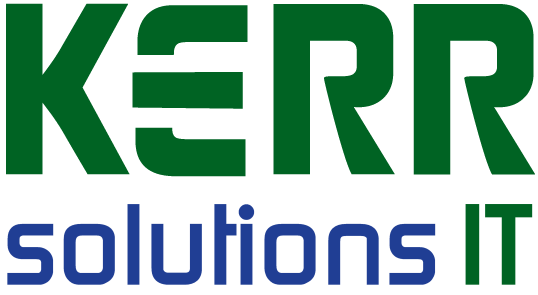13 March, 2010
Auto, manual, turbo, CC’s, cylinders, diesel, all wheel drive, active stability control, ABS, VVT, fuel injected, DOHC, x l/100km, Nm’s, KW’s, 225/60 R16 – how many people reading this have recognised most of these terms? Our car industry has just as many specifications and terms but I’ll bet more people understand them compared to ‘computer speak’. Luckily with computers there are three main specs that have the largest bearing on performance – CPU, Ram & Hard Disk Drive.
The CPU or central processing unit is the brain of the PC (almost like the engine) and has always been rated in speed Megahertz (MHz). Almost 10 years ago CPU’s got to 1000MHz also known as 1 Gigahertz (GHz). Now most CPU’s run at around 2 or 3 GHz in speed but are also now having multiple cores – like having 2 or 4 engines that all run at the same speed. Ram (random access memory) is just temporary or short term working memory that the CPU can feed information to and from, almost like the flywheel in an engine – it could be likened to giving the computer momentum to overcome a difficult calculation (a short hill in the case of a car).
Ram is rated in megabytes (MB or Meg) and again in the last 10 years it has become common to have over 1000Meg also known as 1 Gigabyte (GB or Gig). Most computers now have 2 Gig or 4 Gig of Ram. The Hard Disk Drive (HDD) or even just called the Hard Drive is the permanent storage system of the computer, where all of the program information is kept (like the Windows operating system) as well as the user’s data files – documents, photos etc. Hard drives have a capacity (like a truck has a carrying capacity) which refers to the amount of electronic storage room they have and is again quoted in Gigabytes (GB or Gig).
Commonly now all new computers have hard drives of at least 250Gig with a 1000Gig called 1 Terabyte (TB). Hard drives have reached 2TB in size but the average is still around 500Gig. There are other performance factors such as video cards, CPU cache and motherboard design but I have listed the main contributing factors to the speed & capacity of a computer – besides keeping it free of unnecessary software. The last thing to consider is quality – there is a lot of junk creeping into the industry but as with most purchases – you get what you pay for. So if a cheap compute appears to have good specs you can bet the manufacturer saved money elsewhere and reliability or durability will be sacrificed. Next week’s Byte Me article will be about protecting your PC from power surges. Kerr Solutions is at 128 Musgrave Street & is contactable on 49 222 400.

